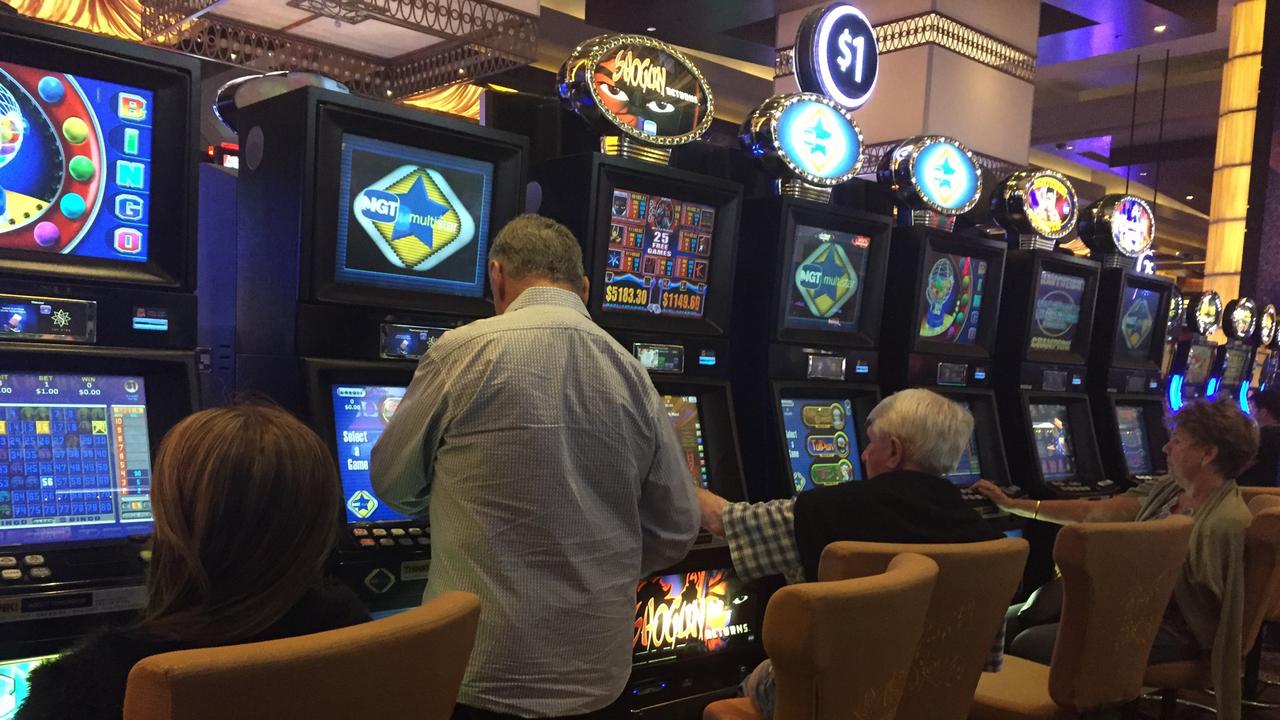Rare earths market stirs at last
Finally some hope for rare earths producer Lynas Corporation and the handful of ASX-listed juniors.

Could it be that there is finally some hope for rare earths producer Lynas Corporation(LYC)and the handful of ASX- listed juniors that have hopes of one day becoming producers themselves?
It seems so, particularly if their production — as in the case of Lynas and as would be the case for the hopefuls — is weighted towards the rare earths of neodymium, praseodymium and dysprosium used in permanent magnets.
Industry consultant and London-based forecaster Roskill’s latest market outlook for rare earths says that neodymium-iron-boron (NdFeB) magnet demand is forecast to grow strongly until 2021. “The traditional consumer electronics and automotive sectors account for the majority of NdFeB demand, but these magnets will experience strong growth from the emerging green technologies of wind turbines and new energy vehicles (NEVs),’’ Roskill states.
It is expecting that between 2016 and 2021, global NdFeB magnet production will grow by 4-5 per cent annually as the decarbonising world goes crazy for NEV’s (electric, hybrids and so on) and wind power.
“Chinese NEV consumption will see high growth rates as these vehicles are exempt from city numberplate lotteries. The Chinese government is also offering a range of tax cuts and purchasing incentives to encourage the uptake of NEVs,’’ Roskill said.
As a result, neodymium supply is moving into deficit as we speak. But no sharp price rebound just yet as the Chinese — the country accounts for 90 per cent of global production of the obviously highly strategic suite of rare earths — have big stockpiles they can drawdown.
Roskill nevertheless expects the supply deficit will get bigger year by year until 2021. So much so that it reckons the growth in the use of NdFeB magnets will become unsustainable “despite efforts by rare earth producers to increase neodymium supply.’’
And here comes the sting in the tail — neodymium prices will rise towards the point of inflection, above which, magnet consumers will begin to replace NdFeB magnet technologies with substitutes. Darn.
Roskill notes that the “green” energy sector is the most vulnerable to price rises because of the large size of magnets used.
Technologies already in use in this industry as an alternative to permanent magnet motors include induction motors in NEVs and induction/synchronous generators in wind turbines, whatever that means.
The net of all that, according to Roskill, is that while high prices of neodymium are on the way, the unsustainability of it all will end up choking NdFeB to the point demand will fall rapidly from 2022, before stabilising at a much lower growth rate.
While there is good and bad there for the magnet rare earths, that is not the case for most other rare earth elements. Lanthanum and cerium prices will be limited by surplus supply, and prices for europium and terbium will fall “considerably’’ as demand from the phosphors industry continues to decline rapidly, according to Roskill.
Away from its hard-nosed analytics, however, there is sense that the rare earths market is stirring after its five years in the wilderness following the 2011 collapse in prices.
Three recent and local examples: Lynas (which last traded at 5.6c a share compared with a peak price of more than $2 a share in 2011) has just been thrown a life line by Japan Inc to keep going through a debt restructuring.
Northern Minerals (NTU), which last traded at 15c a share compared with a 2011 high of 80c, is pulling in $30 million from an equity injection from China’s Shandong Taizhong for its Nolan’s project on the Northern Territory/Western Australian border.
And NSW gold producer/rare earths developer Alkane (ALX), which last traded at 60.5c a share, has secured a memorandum of understanding with Germany’s Siemens for a rare earths offtake agreement.
The common theme in all that, notwithstanding Northern’s Shandong deal, goes back to the earlier mention that China’s domestic production accounts for 90 per cent of global output. It is a stranglehold the rest of the world would be foolish to allow to continue.
Volatility ahead
There could be as much as a $US150 an ounce difference in the gold price depending on the US election result, says Citi.
Given such a swing would either power up or smash gold equities, investors are best advised to make their call on the Clinton versus Trump battle ahead of time. It is a case of open positions for a Trump victory, stop losses on a Clinton victory.
Citi reckons that gold — it last traded at $US1304 an ounce — could swing up to $US1375-$US1400 on a Trump victory.
Conversely, a Clinton victory with a split congress could take gold down to $US1225-$US1250, or a more supportive medium-term price of $US1250 on a Clinton victory and a Democratic congress.
For those in doubt, there are clear trends emerging in the weight of money being lodged with the other avenue of gambling, online bookmakers.
Sportsbet says punters are continuing to back Hillary Clinton, with her odds coming in from $1.33 into $1.28. While Spring Racing Carnival-fatigued punters have still managed to stake more than $2 million on both candidates, an additional $500,000 has been wagered on Clinton, up from her $200,000 lead over Trump on Friday.
Thanks to a narrowing in the opinion polls, Trump’s odds have come in from $3.50 into $3.40, with Sportsbet kindly volunteering it faces a payout of more than $7.5m if Donald has an “unlikely’’ win.
Back in the stockmarket, Citi says the best defence against a week of high volatility in gold and all else is to choose quality gold equities. It rates Sandeep Biswas’ Newcrest(NCM) and Bill Beament’s Northern Star(NST) the most highly.



To join the conversation, please log in. Don't have an account? Register
Join the conversation, you are commenting as Logout